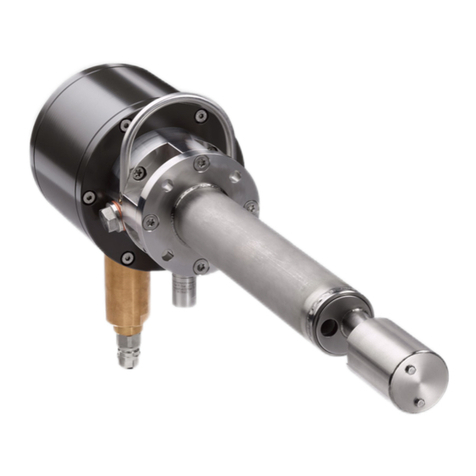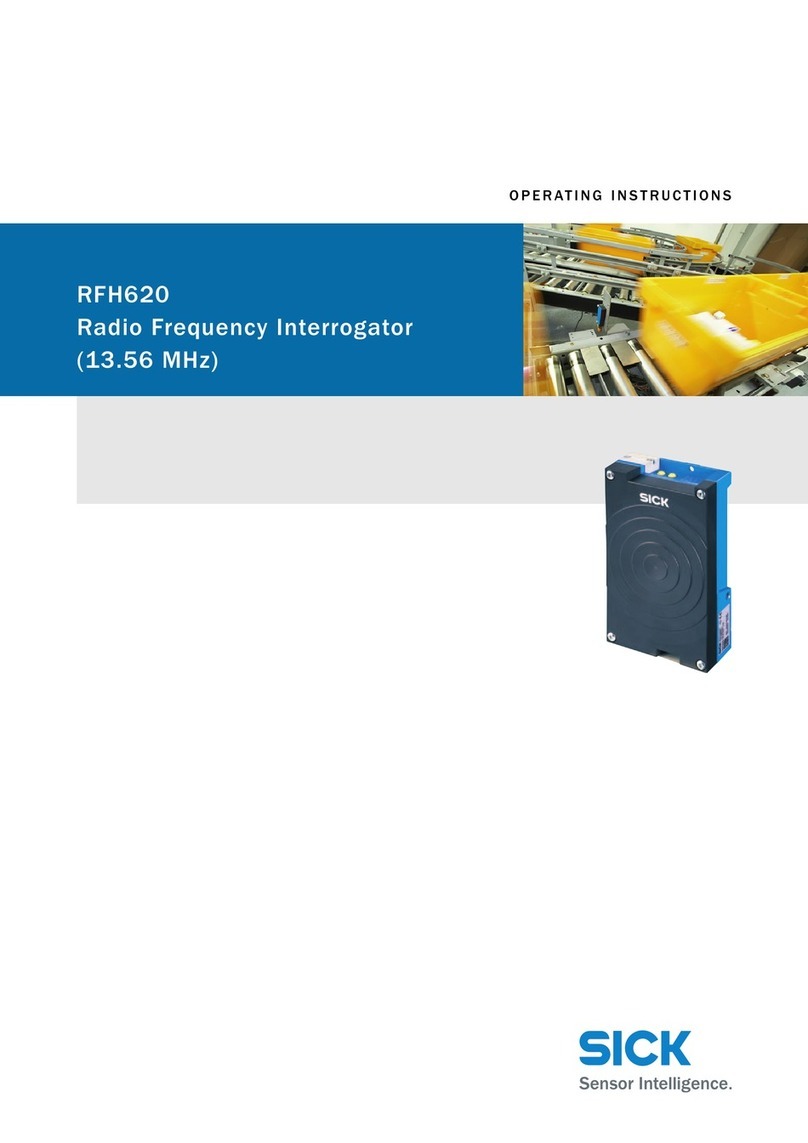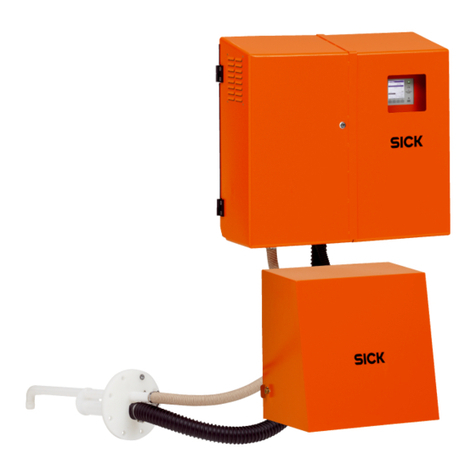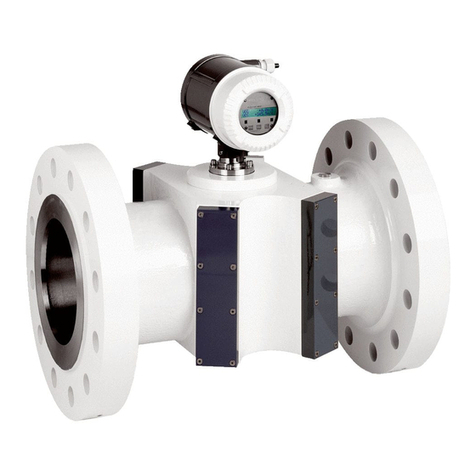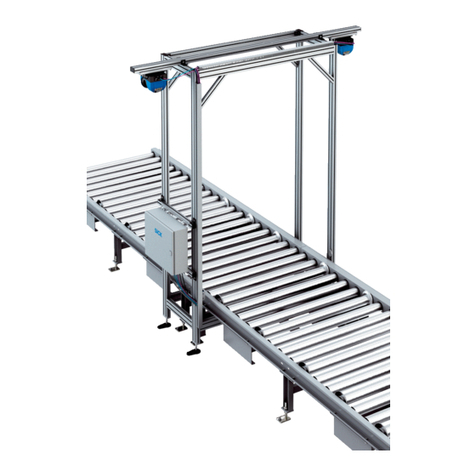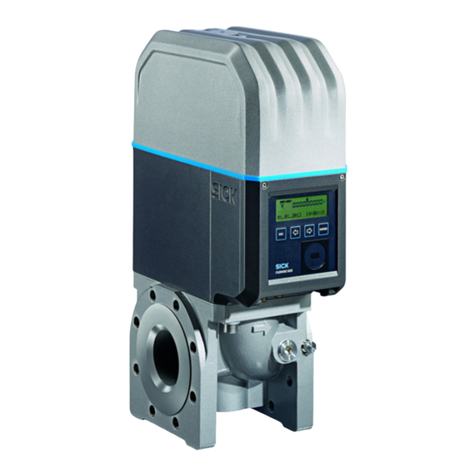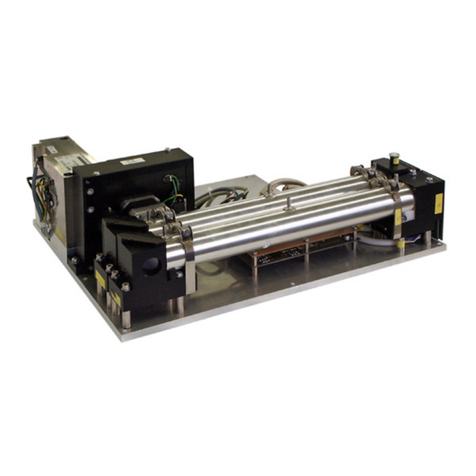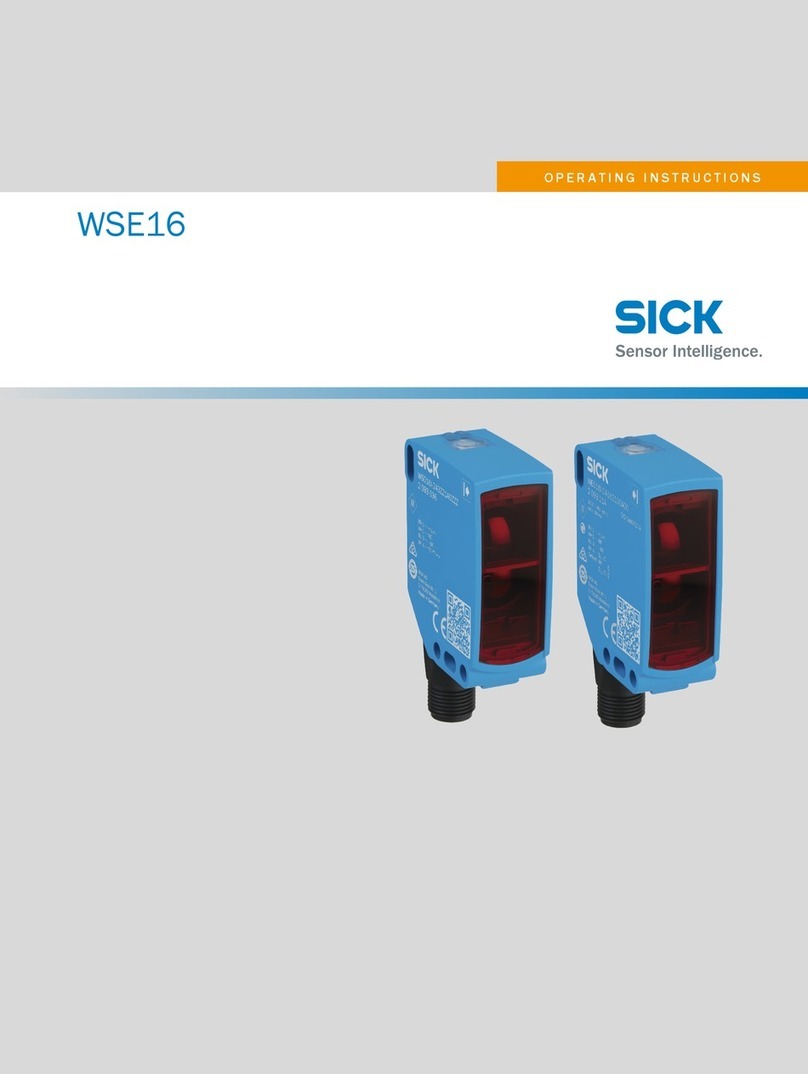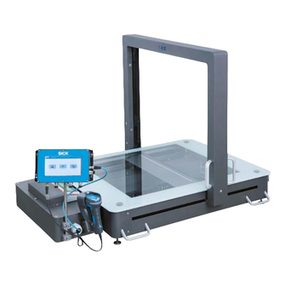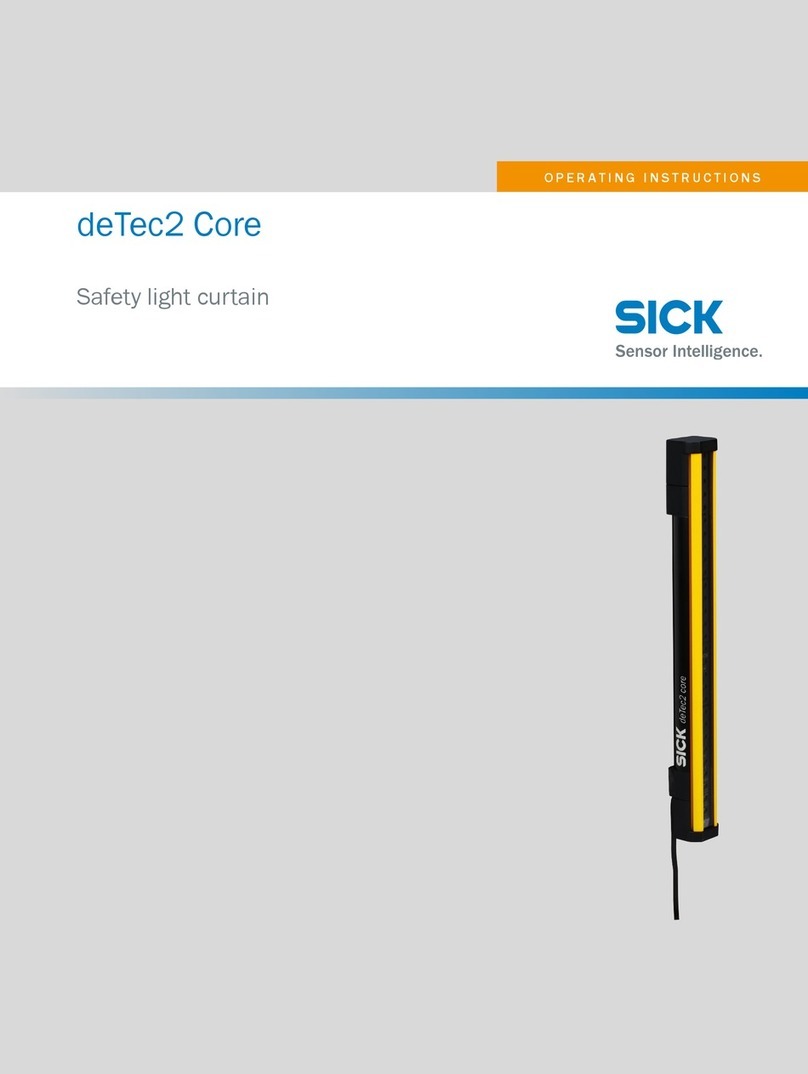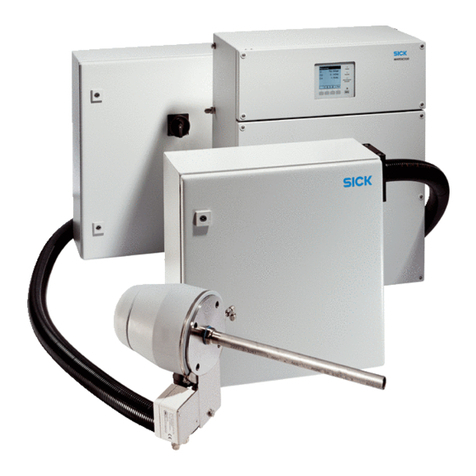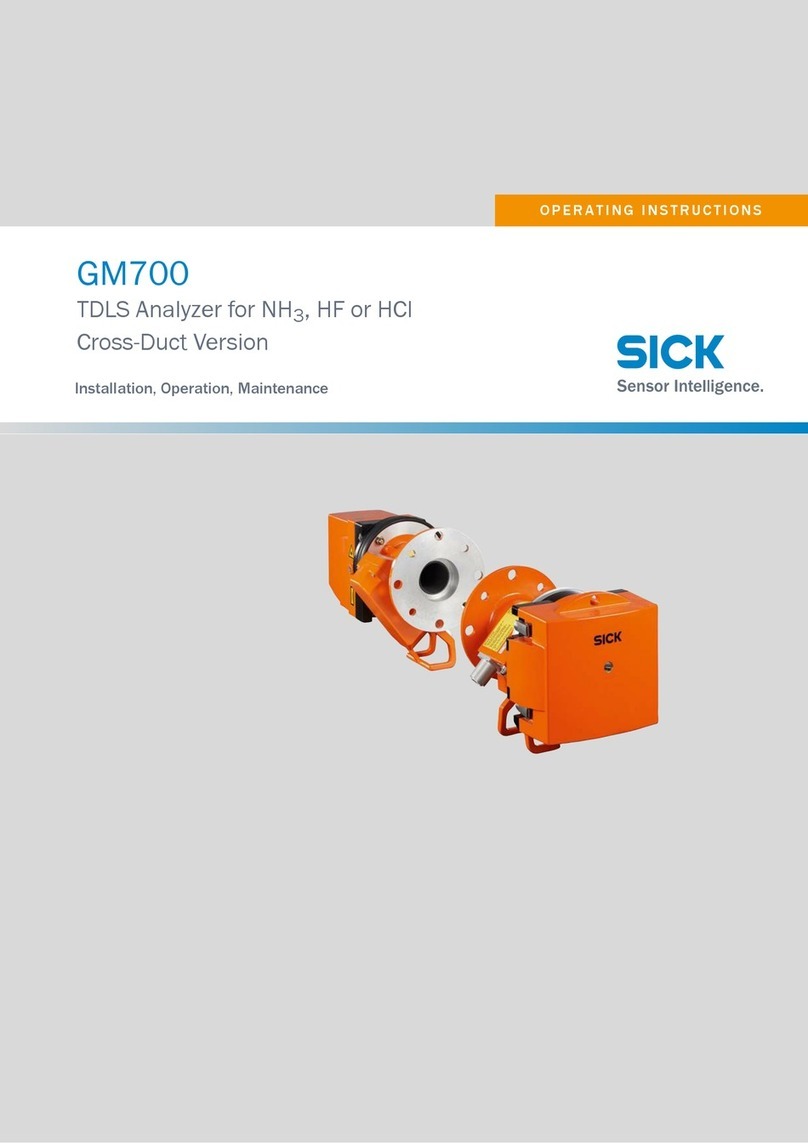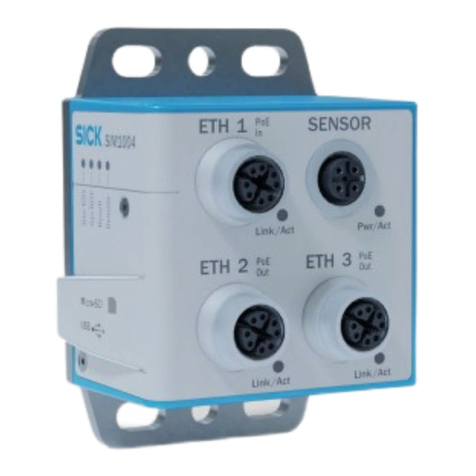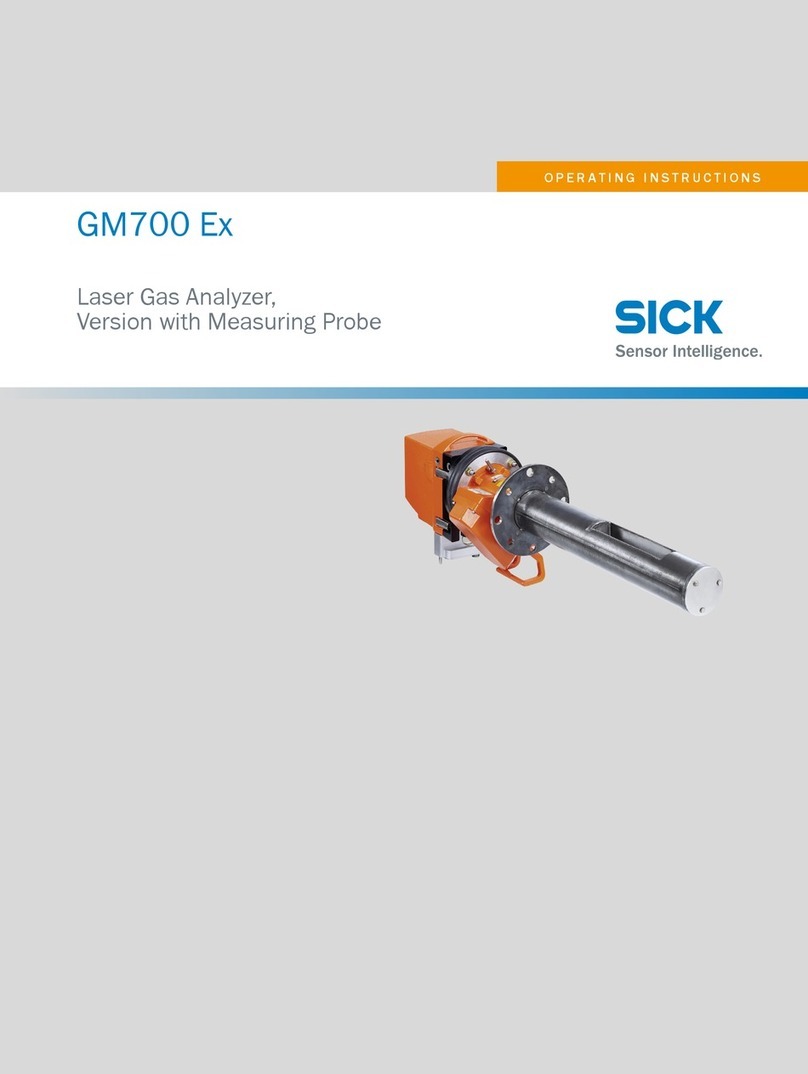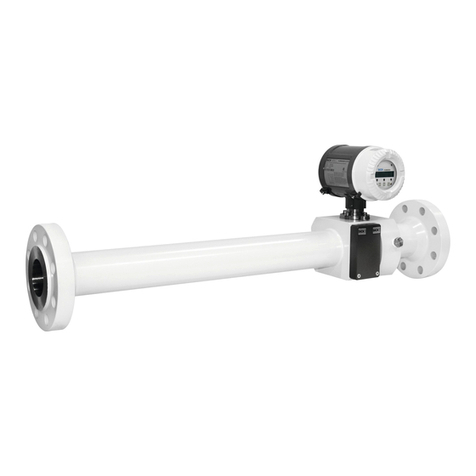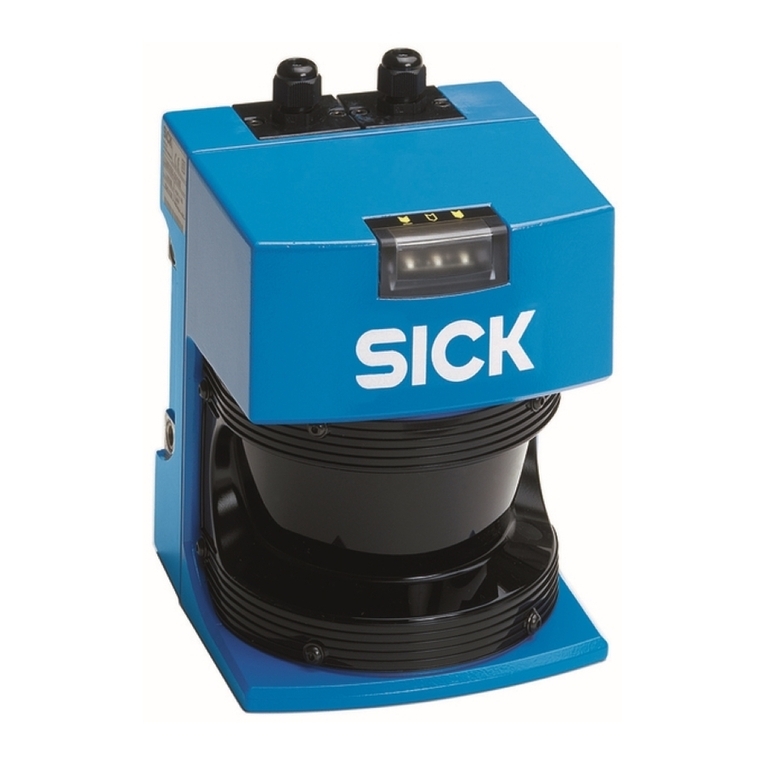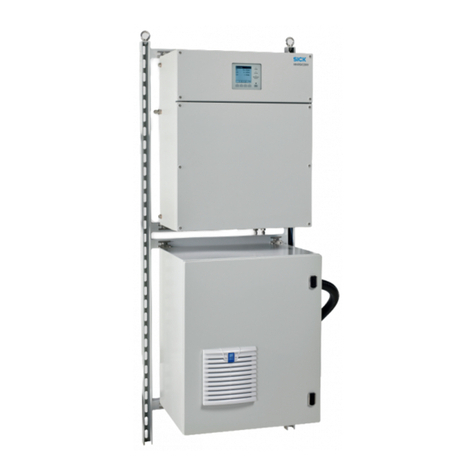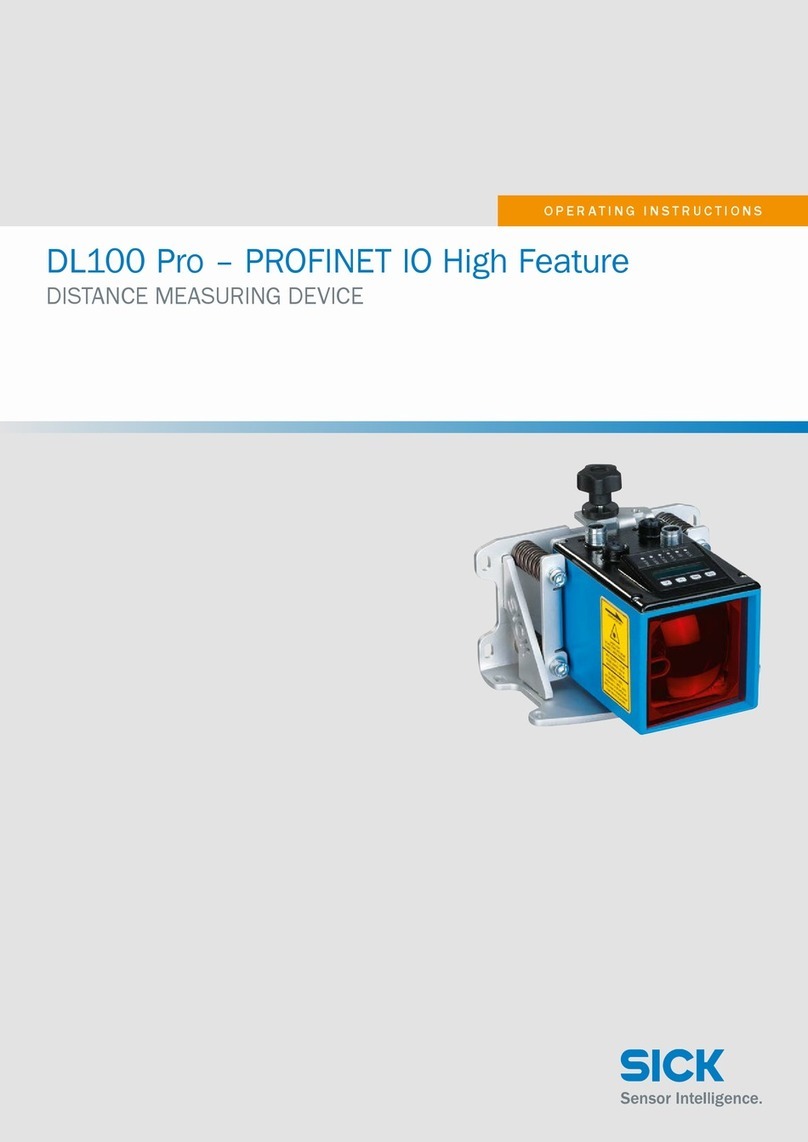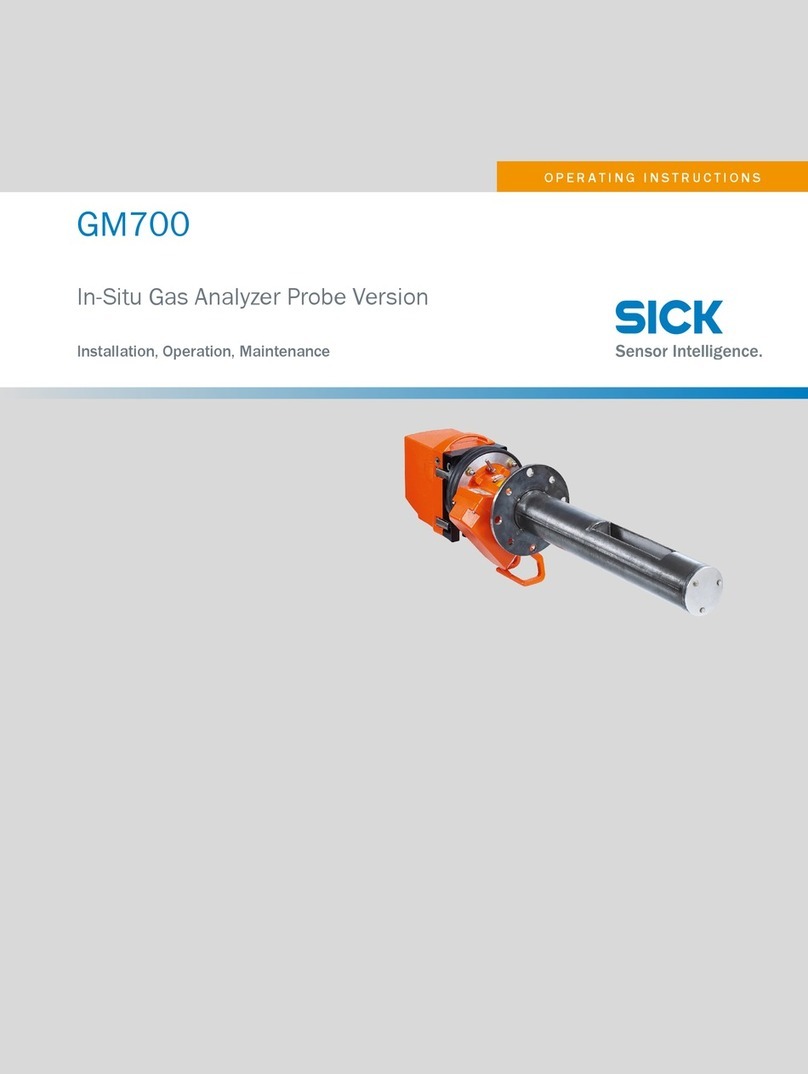
7.3.1 Configuring the measurement mode based on the volume
(volume flow and counter) (example)..................................... 28
7.3.2 Configuring the measuring mode based on the “Teach rel‐
ative” mode (example)............................................................ 28
7.3.3 Configuration options for Q1 and Q2..................................... 29
7.3.4 Configuring the Q1 and Q2 digital output.............................. 30
7.3.5 Normally open with configurable hysteresis.......................... 30
7.3.6 Normally closed with configurable hysteresis........................ 31
7.3.7 Normally open with window function...................................... 32
7.3.8 Normally closed with window function................................... 33
7.3.9 Configuring the digital output Q1 for empty pipe detection.. 33
7.3.10 Configuration of pulse output Q2........................................... 34
7.3.11 Configuring the Q2 digital input.............................................. 36
7.3.12 Configuring the Q2 analog output.......................................... 37
7.4 Advanced menu (advanced settings)...................................................... 38
7.4.1 Unit Pipe Diameter....................................................................... 39
7.4.2 Unit Velocity................................................................................ 40
7.4.3 Unit Volume Flow......................................................................... 40
7.4.4 Unit Volume................................................................................. 40
7.4.5 Unit Temperature......................................................................... 40
7.4.6 Filter (process data)..................................................................... 40
7.4.7 Linear Flow Factor................................................................... 41
7.4.8 Empty Detect Factor.................................................................... 41
7.4.9 Low Flow Cutoff & Cutoff Hysteresis.............................................. 42
7.4.10 Delay Mode Q1............................................................................ 43
7.4.11 Delay Time Q1............................................................................. 45
7.4.12 Delay Mode Q2............................................................................ 45
7.4.13 Delay Time Q2............................................................................. 46
7.4.14 Error Current Q2a......................................................................... 46
7.4.15 Display Language........................................................................ 46
7.4.16 Display Mode.............................................................................. 46
7.4.17 Display Rotation (industrial version only).................................. 46
7.4.18 Display Lock (industrial version only)........................................ 46
7.4.19 Simulation.................................................................................. 46
7.4.20 Factory Reset.............................................................................. 47
7.4.21 Password.................................................................................... 47
7.4.22 Close Menu................................................................................. 47
7.5 Information................................................................................................ 47
8 Troubleshooting................................................................................. 49
8.1 Error message shown on the display (industrial version only).............. 49
8.2 Outputs...................................................................................................... 52
9 Repair.................................................................................................. 53
9.1 Maintenance............................................................................................. 53
9.2 Return........................................................................................................ 53
CONTENTS
4O P E R A T I N G I N S T R U C T I O N S | T-EASIC® FTS 8023072.1JQO/2023/06/05 | SICK
Subject to change without notice
